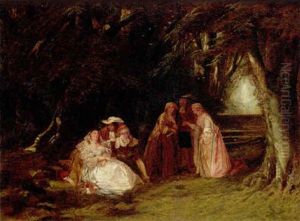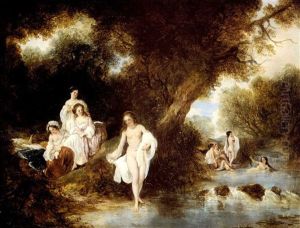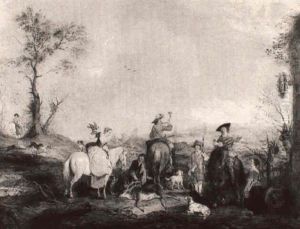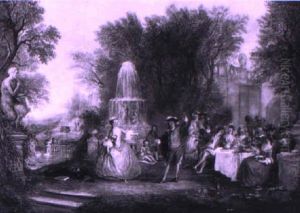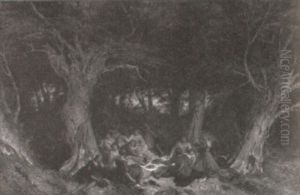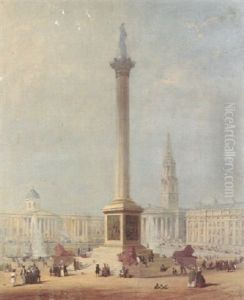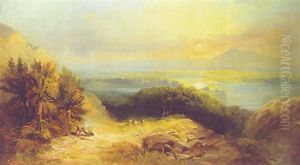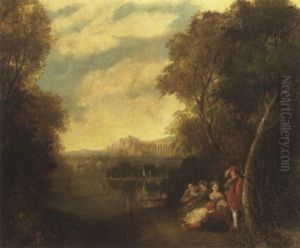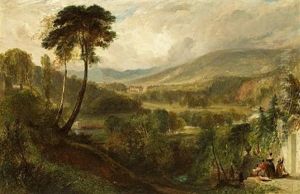George Henry Andrews Paintings
George Henry Andrews was a distinguished British artist, known primarily for his watercolor paintings and illustrations. Born in 1816, Andrews lived through the Victorian era, a period that saw significant changes and developments in the art world, including the rise of watercolor as a respected medium in its own right. Throughout his career, Andrews skillfully navigated these changes, establishing himself as a prominent figure in the British art scene.
Andrews' work often depicted landscapes, maritime scenes, and historical events, showcasing his meticulous attention to detail and his ability to capture the essence of his subjects. His landscapes, in particular, were celebrated for their realism and the way they conveyed the beauty of the British countryside and beyond. Andrews was also known for his illustrations, contributing to various publications of his time, which helped to popularize his work and make it accessible to a wider audience.
Despite his contributions to British art and the popularity of his work during his lifetime, George Henry Andrews is not as widely remembered today as some of his contemporaries. However, his paintings and illustrations continue to be appreciated by art historians and collectors for their technical skill and historical value. Andrews' ability to document his surroundings and the events of his time in watercolor and ink provides us with a valuable visual record of the 19th century.
George Henry Andrews passed away in 1898, leaving behind a legacy that, while perhaps not as celebrated as that of some of his peers, remains significant for those with an interest in Victorian art and the development of watercolor as a serious medium. His works can still be found in art collections and museums, serving as a testament to his skill and dedication to his craft.


